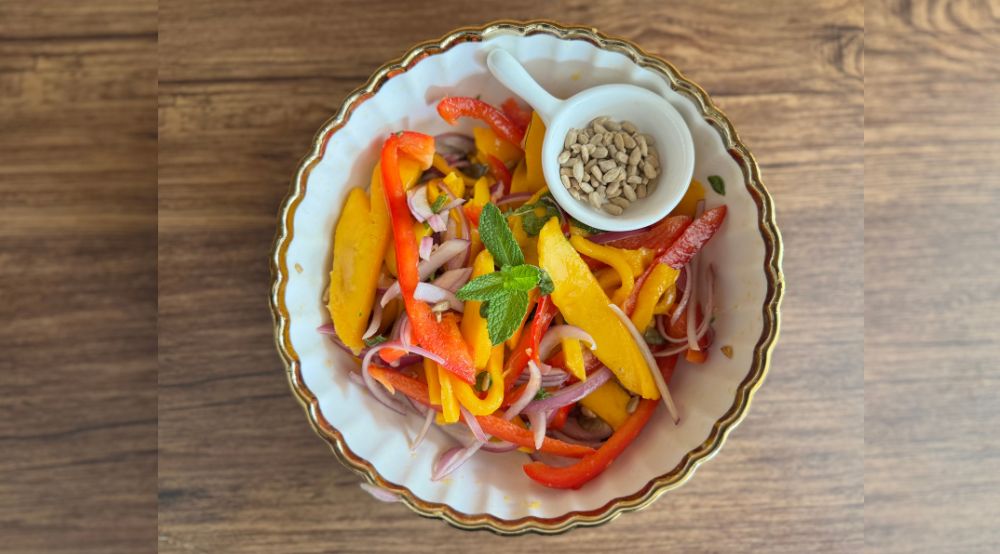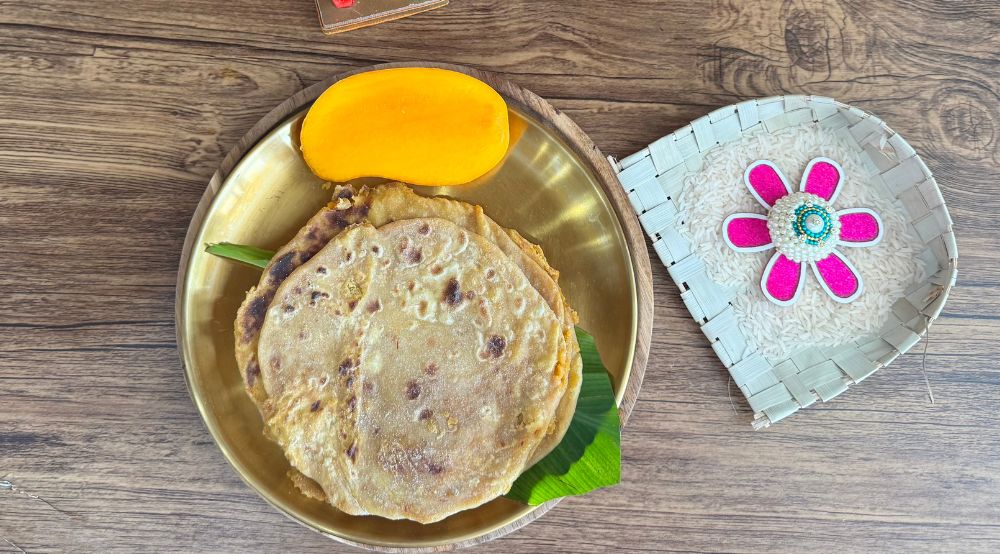Traditional Indian Cooking Methods of Allergen-Free Cooking: Time-Tested Solutions
BlogsApril 8, 2025

In today’s increasingly health-conscious world, food allergies have become a growing concern for many individuals. Common allergens like nuts, dairy, gluten, and soy can make meal preparation a challenge for those who suffer from these sensitivities. While modern advancements in food science have produced allergen-free substitutes, traditional Indian cooking methods and traditional cooking methods from around the world have stood the test of time. These age-old practices not only offer solutions for safe and nutritious meals but also bring a sense of cultural heritage to the table. This essay explores various traditional methods of allergen-free cooking, shedding light on their enduring relevance and the benefits they provide.
1. Incorporating Local and Seasonal Ingredients
One of the most effective traditional cooking methods of allergen-free cooking is the reliance on local, seasonal ingredients. Many cultures have long adhered to the practice of using what is available in the environment around them, which often means using simple, natural ingredients that are free from the common allergens of today. For example, in Mediterranean cuisine, meals are prepared with vegetables, olive oil, grains, and legumes—none of which typically contain common allergens like dairy, gluten, or soy.
By focusing on fresh produce and minimally processed ingredients, people can avoid hidden allergens that may be lurking in pre-packaged or processed foods. These are core principles of traditional Indian cooking methods as well, where ingredients like lentils, vegetables, and herbs dominate everyday meals. These allergen free foods form the base of many nutritious, safe, and satisfying dishes. Traditional cooking methods, such as slow-roasting or boiling, also help maintain the integrity of these ingredients without the need for added preservatives, artificial flavorings, or allergens.
2. Fermentation and Preservation Techniques
Fermentation, a method used for centuries across different cultures, is another traditional cooking method that aids in allergen-free cooking. The process of fermenting foods—such as vegetables, dairy (to make kefir or yogurt), and grains—can break down certain components that may cause allergic reactions. For instance, fermentation helps break down lactose, making dairy products easier to digest for those with lactose intolerance.
Similarly, in cultures that rely on fermented soy products, such as miso or tempeh in East Asia, the fermentation process reduces the allergenic potential of soy proteins. In this way, traditional cooking methods not only preserve foods but also enhance their nutritional profile while reducing allergens. These foods often become allergen free snacks that support digestion and gut health.
3. Whole Grain Substitutes
Gluten, a protein found in wheat and other grains, is one of the most common allergens for people with celiac disease or gluten sensitivities. Traditional allergen-free cooking frequently incorporates whole grains that are naturally free of gluten. In regions like South America, quinoa, amaranth, and maize (corn) have long been staples in cooking and remain gluten-free alternatives that provide essential proteins and vitamins.
Ancient civilizations in Asia and the Middle East also utilized rice, millet, and buckwheat—grains that are naturally free of gluten. These grains serve as excellent substitutes for wheat and can be used in a variety of traditional Indian cooking methods, including porridge, pilafs, and breads. The widespread use of these grains in traditional cooking methods underscores their importance in allergen free foods and their ability to provide diversity and richness to meals.
4. Vegetable-Based Cooking
Vegetarian and plant-based diets have long been a cornerstone of many traditional cuisines, particularly in regions such as India, the Middle East, and Southeast Asia. By focusing on vegetables, legumes, and plant-based proteins, many traditional cooking methods avoid the use of common allergens like dairy and meat proteins. In India, for example, vegetarianism is deeply rooted in cultural and religious practices, leading to a rich variety of allergen free recipes.
Legumes such as lentils, chickpeas, and beans are vital components in many traditional dishes. They are naturally free from the most common allergens and are packed with protein, fiber, and essential nutrients. Indian curries made with chickpeas (like chana masala), lentils (dal), and other legumes are staples that provide satisfying meals without the need for animal-based products or allergens. Many of these are also enjoyed as allergen free snacks in Indian households.
5. Traditional Cooking Tools and Methods
The use of simple cooking tools and techniques is another hallmark of traditional Indian cooking methods and global culinary traditions. For example, slow-cooking or braising allows for the preservation of the natural flavors of ingredients without relying on allergenic additives or preservatives. Likewise, techniques like steaming and boiling are common in many cultures and help retain the nutritional value of foods while keeping them free from allergens.
In many Asian cuisines, bamboo steamers are used to cook food gently, preserving flavor and nutrients while avoiding the need for oils, dairy, or butter—all of which can be allergens. Additionally, in cultures that emphasize roasting or grilling, such as in Mediterranean or Latin American cooking, the focus is on the pure flavors of the ingredients themselves, avoiding the need for complicated seasonings or additives. These traditional cooking methods naturally support the preparation of allergen free foods.
6. Cultural Knowledge and Adaptation
Throughout history, many cultures have developed deep knowledge of what foods are safe to eat and how to avoid allergens. For instance, traditional Jewish cuisine includes recipes that cater to dietary restrictions, such as kosher foods that avoid mixing meat and dairy. Similarly, traditional Indian cooking methods, such as Ayurvedic cooking, are designed to balance the body’s energies and often focus on allergen free, vegetarian ingredients.
Indigenous cultures, such as Native American or Aboriginal Australian communities, also rely on indigenous plants, seeds, and grains that were naturally allergen-free. Over generations, these cultures developed traditional cooking methods and recipes that were both nutritious and safe for their communities, adapting to the local environment and its available resources.
Conclusion
Traditional Indian cooking methods and other traditional cooking methods offer a wealth of solutions that have stood the test of time. By focusing on local and seasonal ingredients, incorporating fermentation and preservation techniques, using whole grains, prioritizing vegetable-based meals, and relying on simple cooking methods, these practices provide a safe and nourishing approach to meal preparation.
In an age where food allergies are increasingly common, these time-tested solutions can guide us back to a simpler, more natural way of eating that aligns with both health and tradition. Whether passed down through generations or rediscovered in modern times, these methods continue to provide a foundation for allergen free foods, allergen free snacks, and meals that are both delicious and culturally significant.
FAQ
-
Traditional Indian cooking methods like steaming, roasting, fermenting, and slow-cooking often use natural, plant-based ingredients that avoid common allergens like dairy and gluten

-
Traditional cooking methods emphasize whole, unprocessed ingredients and natural techniques like fermentation and sun-drying, which reduce allergen content and improve digestion.

-
Yes! Some great options include roasted makhana, moong dal chilla, coconut ladoos, and rice-based snacks—prepared using traditional Indian cooking methods and free from common allergens.

-
Because they rely on fresh, seasonal ingredients and avoid additives or preservatives, traditional Indian cooking methods are naturally suited for allergen-free, wholesome meals.

-
Grains like rice, millet, buckwheat, amaranth, and quinoa are often used in traditional cooking methods across India and other cultures, making them ideal for gluten-free and allergen-free recipes.













